If you’re a golf enthusiast looking for an unforgettable golfing experience, Palm Valley Golf Course in Arizona should be on your radar. Nestled in the beautifully vibrant city of Goodyear, this scenic course is celebrated for its stunning landscapes, challenging holes, and welcoming atmosphere. So grab your clubs, and let’s dive into what makes Palm Valley one of the best golf courses in the area!
Overview of Palm Valley Golf Course
Palm Valley Golf Course boasts an impressive 36 holes, consisting of both the Palm Course and the Valley Course. Designed by the talented Arthur Hills, this public course combines natural beauty with strategic design, making it a favorite for beginners and seasoned golfers alike. The course is set against a backdrop of the breathtaking Estrella Mountains, adding to its allure.
Key Features of Palm Valley Golf Course
- Course Layout: The course measures approximately 7,200 yards from the back tees, offering various tee options that cater to players of all skill levels.
- Greens: With smooth and fast Bermudagrass greens, expect challenging putting conditions that will test your precision.
- Facilities: Palm Valley features a well-equipped pro shop, a practice facility, and a charming restaurant where you can unwind after your game.
A Deeper Dive into the Courses
The Palm Course
The Palm Course offers a blend of strategic design and natural terrain. Here are some highlights:
- Signature Hole: The par-3 eighth hole is often mentioned among locals. Playing at about 200 yards, it features a stunning water hazard, challenging golfers to focus for a successful tee shot.
- Strategic Bunkering: The course features numerous well-placed bunkers that can make or break your score.
The Valley Course
The Valley Course presents a different set of challenges:
- Scenic Views: This course has sweeping views of the surrounding mountains and lakes, providing a picturesque golfing experience.
- Diverse Layout: With a mix of straight and dogleg holes, the Valley Course tests your club selection and shot accuracy.
Course Conditions and Maintenance
Palm Valley Golf Course takes immense pride in maintaining high course quality. With an expert grounds crew, you can expect well-kept fairways, pristine greens, and an organized approach to seasonal transitions.
Tournaments and Events
Palm Valley hosts various tournaments and events throughout the year. From club championships to charity events, there’s always something exciting happening at Palm Valley. It’s an ideal opportunity to meet fellow golfers and enjoy the community spirit!
Best Times to Play
To make the most of your golfing experience, consider the following tips:
- Weather: The best times to play in Arizona are usually early morning or late afternoon during the hotter months. The temperature can soar, so plan accordingly!
- Peak Times: Weekends tend to be busier. Try scheduling your game during the week for a more relaxed atmosphere.
Amenities and Services
Clubhouse and Pro Shop
- A variety of golf gear and apparel are available in the pro shop, ensuring you are well-equipped for your game.
- The clubhouse features dining options that offer delicious meals, allowing you to relax after a long day on the course. Try out their famous burgers and refreshing drinks!
Practice Facilities
Palm Valley Golf Course comes equipped with:
- A driving range for honing your skills.
- A putting green to improve your short game.
- Chipping areas where you can perfect your approach shots.
A Golfer’s Guide to Etiquette
Following proper golf etiquette enhances the experience for everyone. Here are a few tips to keep in mind while on the course:
- Be Punctual: Arrive at least 15 minutes early to allow for preparation.
- Keep Up the Pace: Be aware of groups behind you.
- Repair the Course: Fix divots, ball marks, and rake bunkers as you go. Common courtesy can make a big difference!
Exploring the Goodyear Area
When you’re in Goodyear, you’ll find plenty to do beyond golf:
- Shopping and Dining: Explore local boutiques and restaurants in the area.
- Parks and Trails: Take a hike at nearby Estrella Mountain Regional Park for beautiful desert landscapes.
- Cultural Attractions: Visit the Goodyear Ballpark, home to MLB Spring Training.
Key Takeaways
- Palm Valley Golf Course features 36 stunning holes, perfect for both beginners and experienced golfers.
- The Palm Course and Valley Course offer different challenges, complete with stunning views.
- Be mindful of golf etiquette to improve your experience on the greens.
- Take advantage of the amenities during your visit, including a well-stocked pro shop and delicious dining options.
- Don’t forget to explore the vibrant area of Goodyear for additional recreation and relaxation.
Frequently Asked Questions
1. What is the average green fee at Palm Valley Golf Course?
Green fees vary based on the time of year and day of the week. Expect prices between $40 to $70.
2. Does Palm Valley Golf Course offer rentals?
Yes, both golf clubs and carts are available for rent.
3. Can I book tee times online?
Absolutely! Tee times can be easily booked through the official Palm Valley Golf Course website.
4. Is the course open year-round?
Yes, Palm Valley Golf Course is open year-round, though hours may vary due to seasonal weather changes.
5. Are lessons available for beginners?
Yes, professional instructors offer lessons for golfers of all skill levels.
6. Is there a dress code?
Yes, appropriate golf attire is required. Denim and T-shirts are typically discouraged.
7. Are there any membership options?
Memberships are available if you plan to play frequently—check their website for the latest offers.
8. What events are held at the course?
From local tournaments to charity fundraisers, Palm Valley houses various events throughout the year.
9. Can I host an event at Palm Valley?
Yes, the clubhouse is available for private events, including weddings and corporate outings.
10. Is there a dining option on-site?
Yes! After a round of golf, enjoy a meal or drink at the clubhouse restaurant.
In conclusion, Palm Valley Golf Course offers not just a round of golf, but a remarkable experience that tantalizes the senses and connects golfers to both the course and the surrounding community. Whether you’re perfecting your swing or enjoying the vibrant landscape, Palm Valley is waiting for your next swing! Happy golfing!
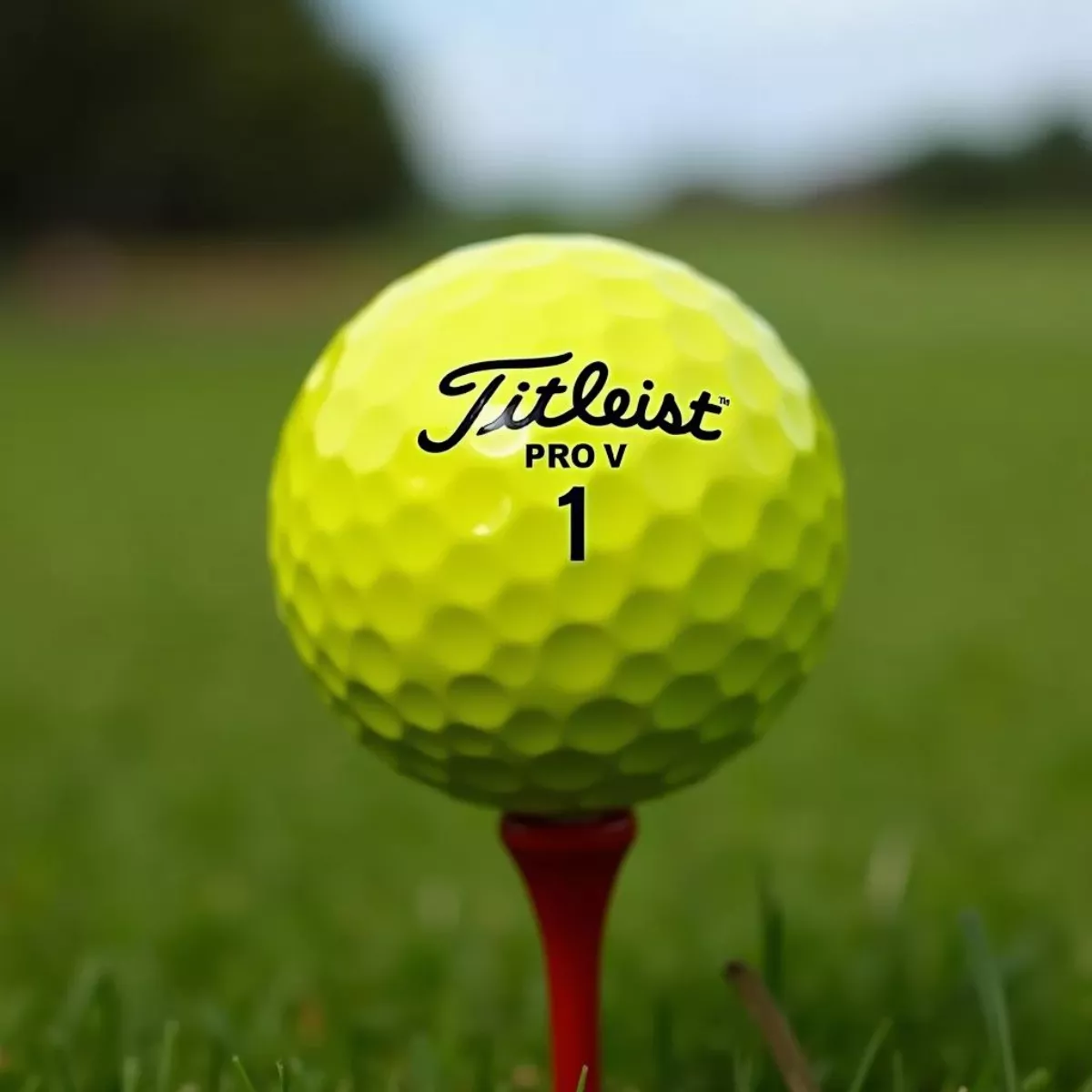
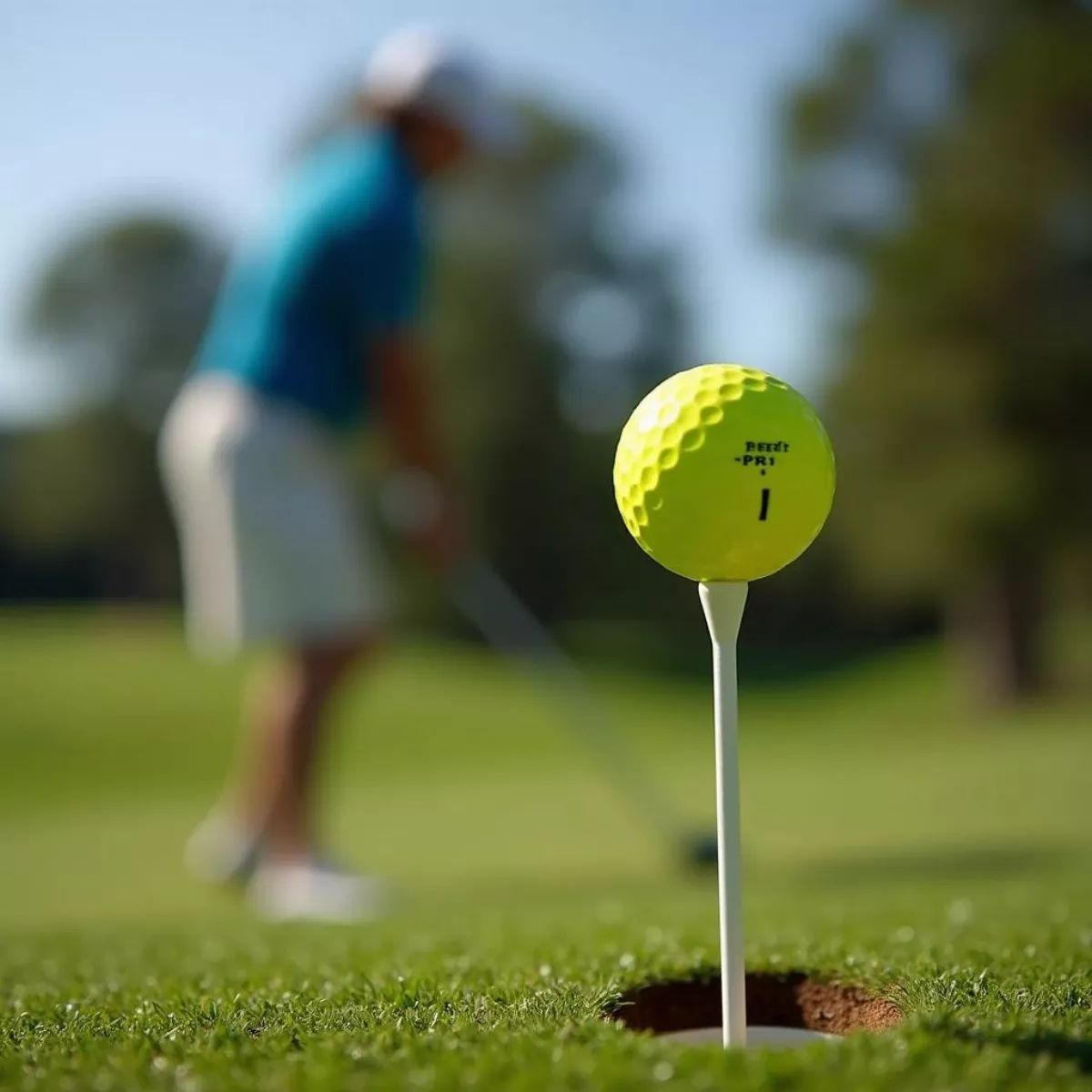 Golfer Teeing Off with Pro V1 Yellow
Golfer Teeing Off with Pro V1 Yellow Pro V1 Yellow in Golf Bag
Pro V1 Yellow in Golf Bag
 Ginger Howard speaking at an event
Ginger Howard speaking at an event
 Garrett Clark Creating Content
Garrett Clark Creating Content Garrett Clark Interacting with Fans
Garrett Clark Interacting with Fans
 Bailey Shoemaker's Golf Swing
Bailey Shoemaker's Golf Swing Bailey Shoemaker Celebrates Victory
Bailey Shoemaker Celebrates Victory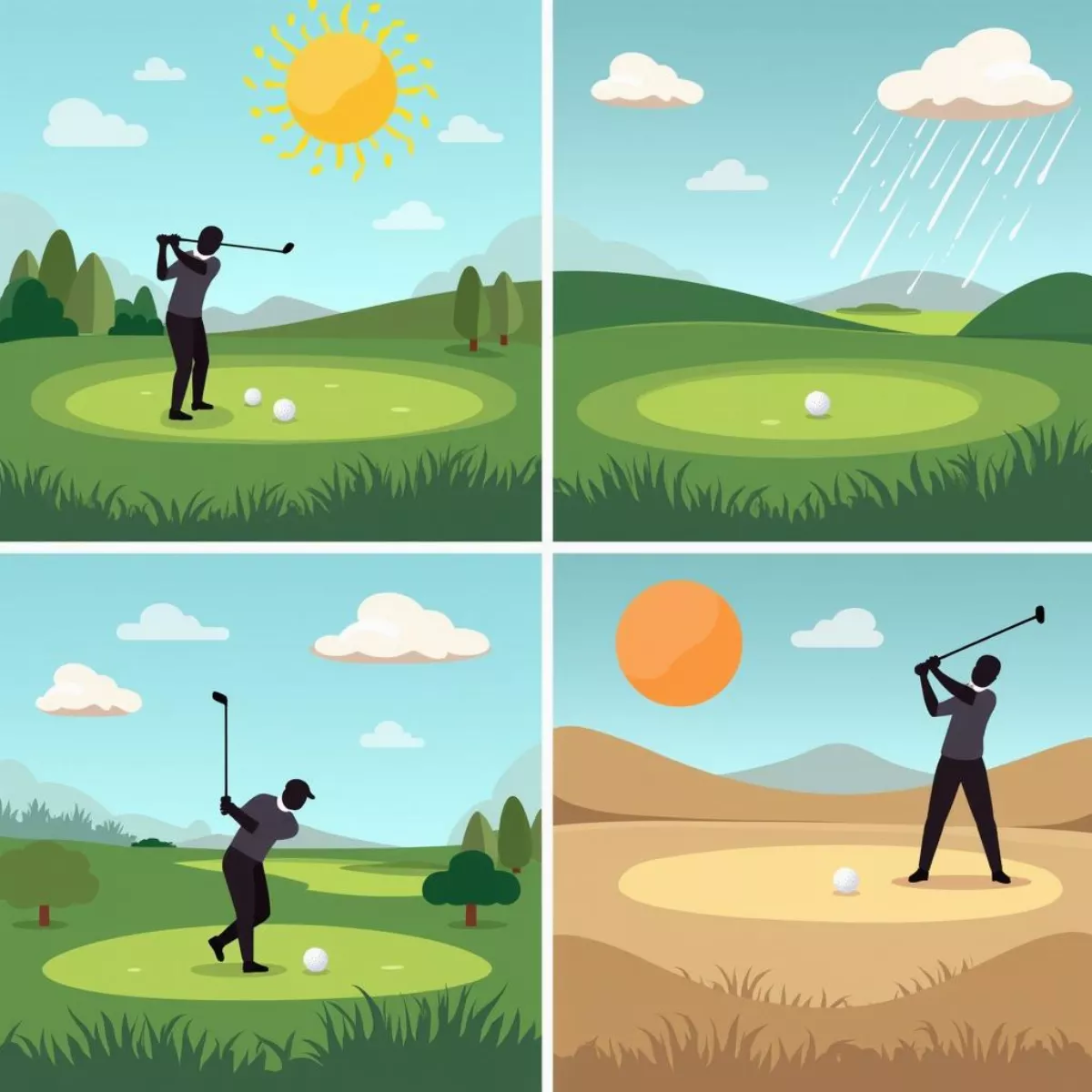
 Golfer Practicing Short Game
Golfer Practicing Short Game Golfer Visualizing Shot
Golfer Visualizing Shot
 Oakwood Country Club Restaurant
Oakwood Country Club Restaurant Oakwood Country Club Community Event
Oakwood Country Club Community Event
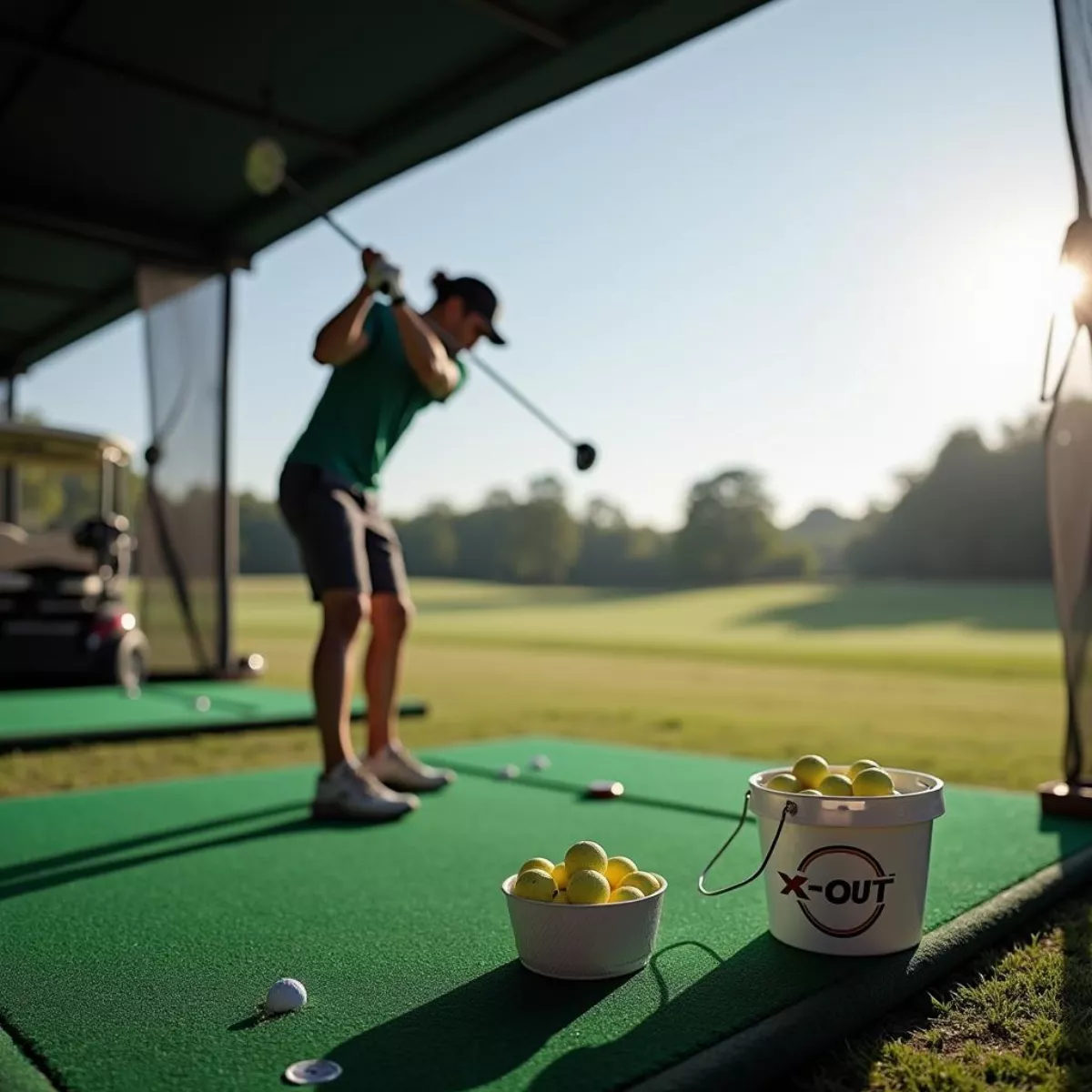 Golfer Practicing with X-Out Golf Balls
Golfer Practicing with X-Out Golf Balls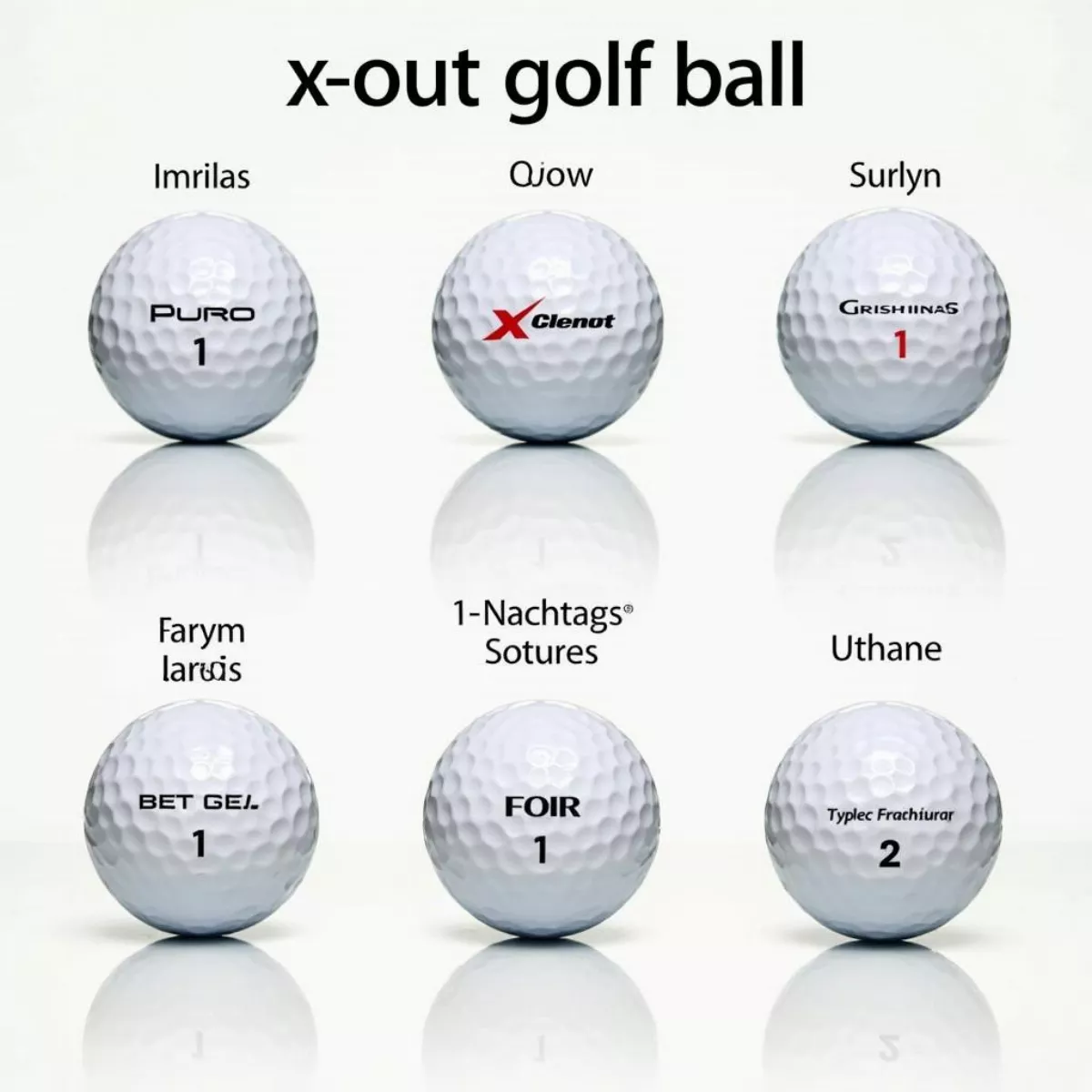 Variety of X-Out Golf Balls Available
Variety of X-Out Golf Balls Available
 Golfer selecting irons
Golfer selecting irons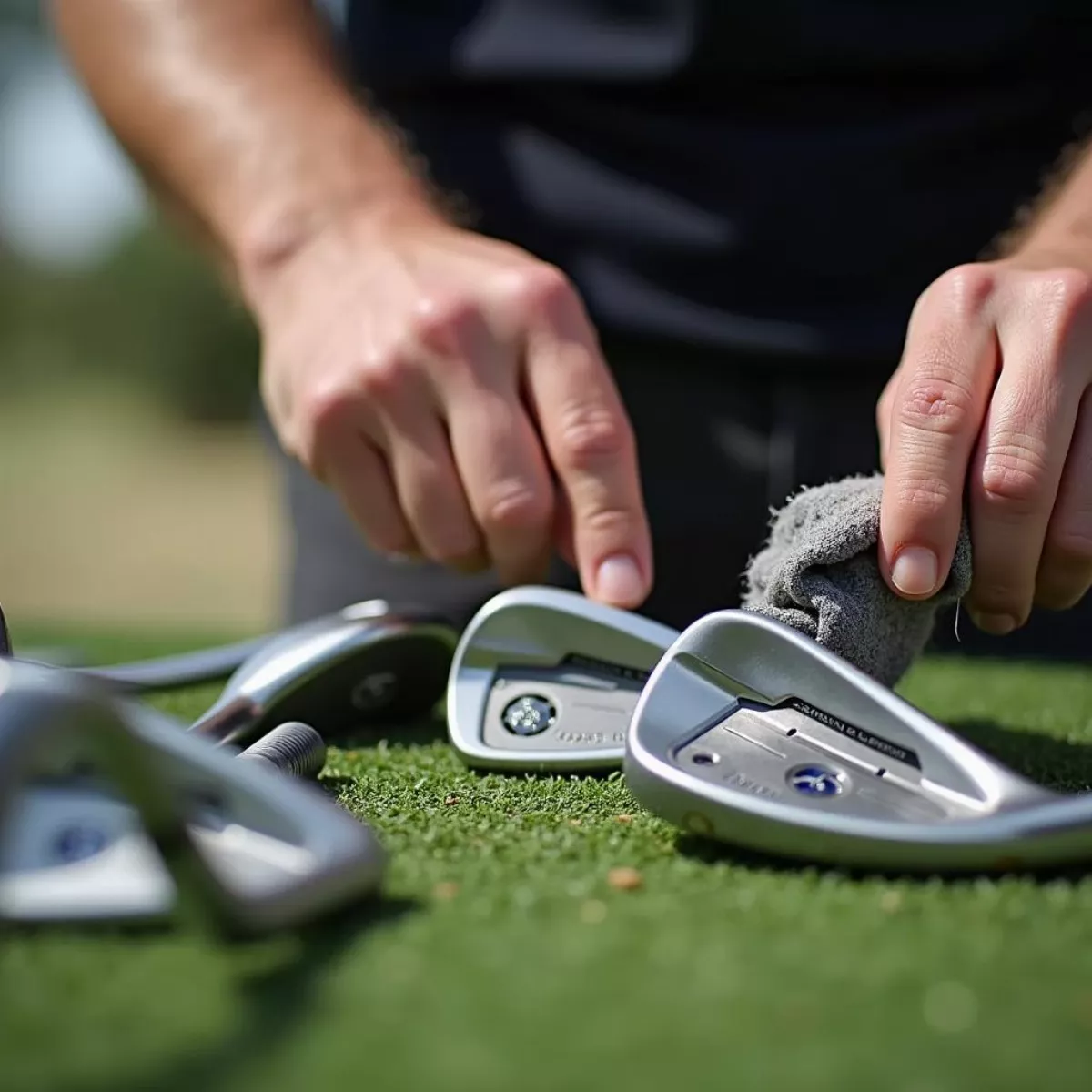 Cleaning golf irons for maintenance
Cleaning golf irons for maintenance